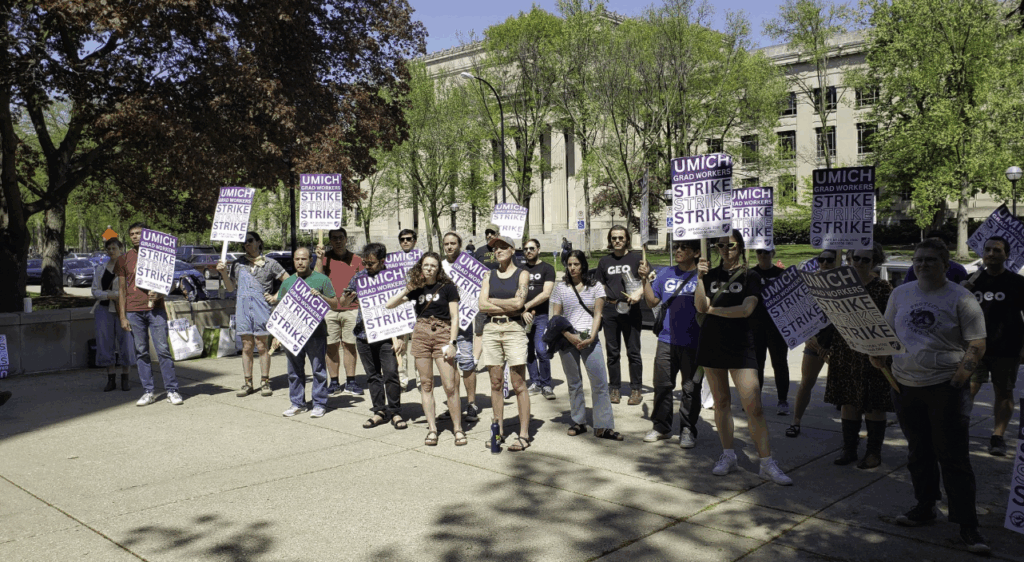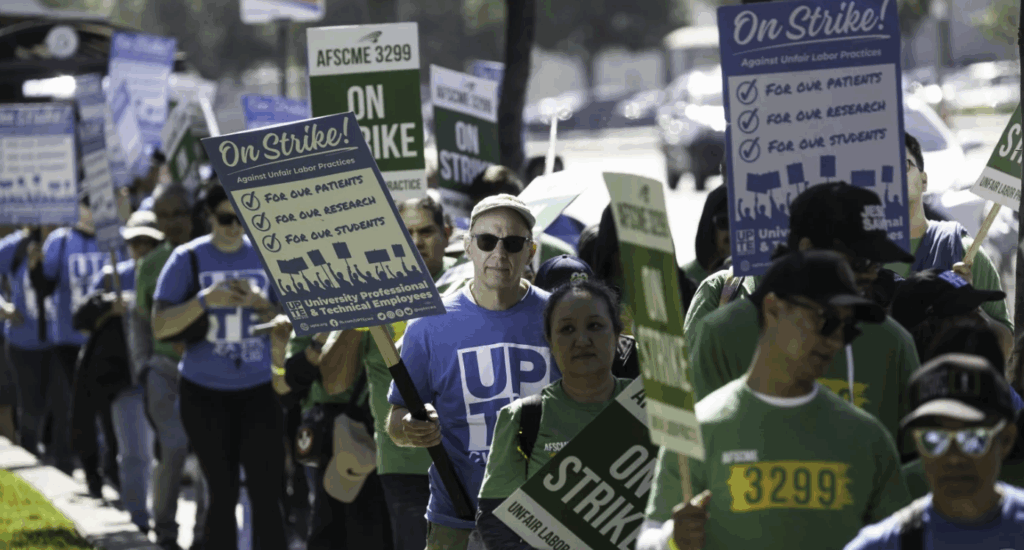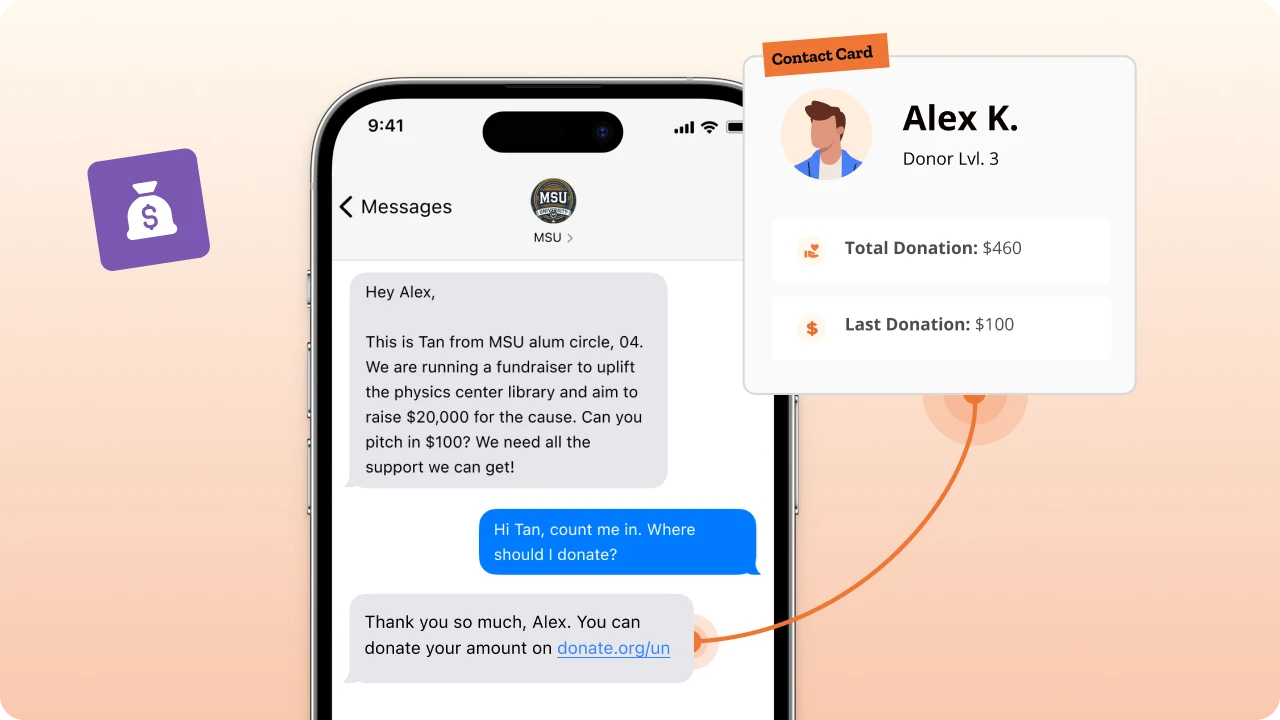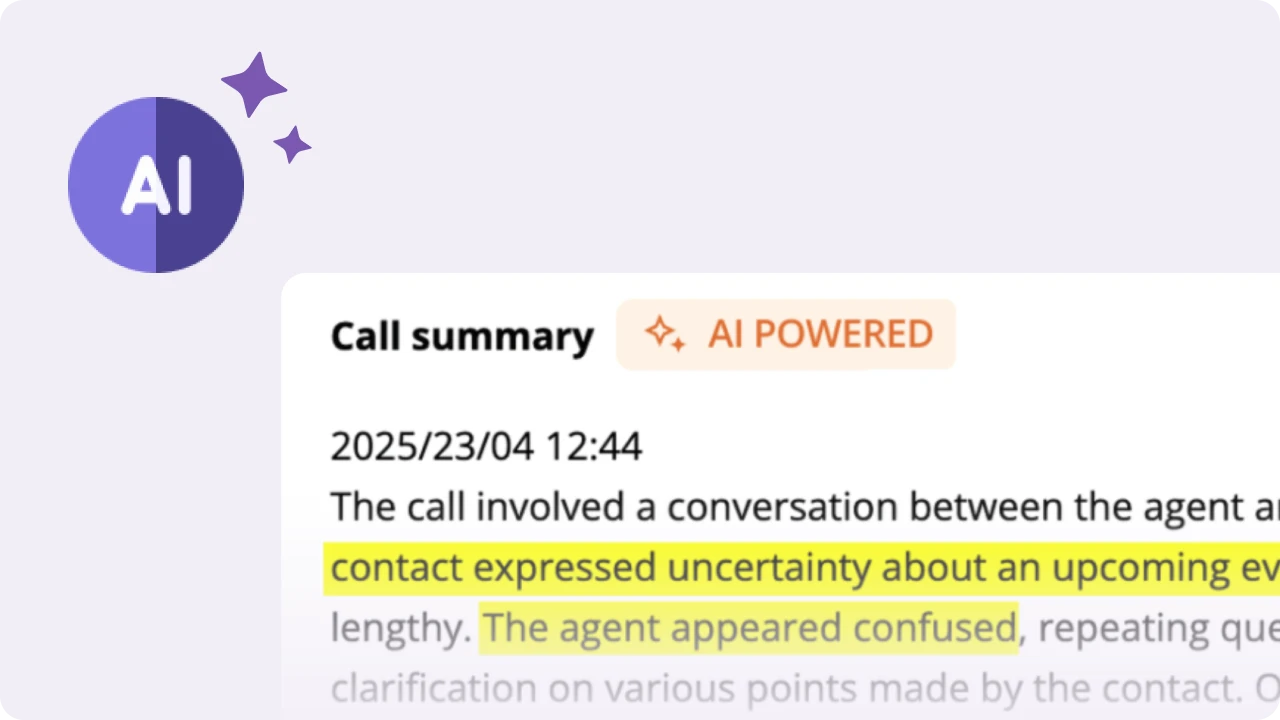Table of Contents
Distressed workers or groups with a vested interest in their welfare might often look for a comprehensive Wondering how to organize a union that truly represents worker voices?
Under U.S. law, you have the right to unionize and advocate for fair wages, better working conditions, and employee welfare.
Understanding how to organize a union effectively can help you navigate employer attitudes, legal requirements, and collective bargaining strategies with confidence.
In this guide, we’ll cover everything you need to know:
5 steps on how to organize a union
Here’s a quick breakdown of the five key steps that show exactly how to organize a union from start to finish:
- Spread information inside the workplace
- Gather support and build an issues program
- Run an organization drive
- Win the election and get NLBR recognition
- Negotiate a contract with the employer
Each stage demands thoughtful communication, coordinated outreach, and the ability to listen and respond to your workforce – that’s where digital tools and organized systems make all the difference.
| NLBR recognition: The National Labor Relations Board certifies unions as the legal representative of employees in the workplace, granting the right to negotiate collective bargaining agreements with the employer. |
1. Spread information inside the workplace
The first step in how to organize a union is building awareness among your co-workers discreetly and strategically. Before initiating any formal outreach, understand your workplace landscape:
Research essentials for organizing a union:
- Workplace structure: Departments, shifts, reporting hierarchies, and worker relationships.
- Employer details: parent company, pay structures, history with unions.
- Employee data: job titles, contact information, and departments.
Once you have this foundation, appoint a volunteer organizing Committee (VOC) to communicate issues, share information, and build trust among employees.
| Pro Tip: Start with a quick, confidential survey to understand what matters most to your co-workers. Once you’ve gathered those insights, use CallHub’s peer-to-peer texting tools to continue the conversation, securely reaching employees outside work hours and keeping every exchange compliant and discreet. |
Read Also: What is Peer-to-Peer Texting? Complete 2025 Guide
2. Gather support and build an issues program
Knowing how to organize a union involves understanding worker priorities. An issues program outlines shared concerns – wages, safety, benefits, and sets your union’s foundation.
Your initial issues program is the information you spread in the workplace with co-workers in Step 1. At this point, you are building on top of it and getting into the intricate details of the issues, picking up moods and opinions on their nuances, and forming what will be your final demands to the employer.
You May Also Like: Union Authorization Card 101: All You Must Know Before Asking for Signs
3. Run an organization drive in the workplace
At this stage, you begin collecting signatures to show intent to unionize – proof that your colleagues are ready for collective representation.
There are two recognition paths through the National Labor Relations Board:
Two paths to recognition:
| Recognition type | Requirement | Outcome |
| Election petition | 30-50% employee signatures. | NLRB sets a hearing and election date. |
| Card check | 50% + 1 employee signatures. | NLRB may recognize the union without elections. |
How CallHub helps in this phase:
- Segment contacts: Create lists based on department, shift, or sentiment (supportive, neutral, opposed).
- Broadcast update: Send SMS reminders about meetings, petitions, or upcoming election deadlines.
- Voice outreach: Use automated calls to rally members quickly when timelines are tight.
By combining text and call campaigns, unions can stay connected, drive participation, and maintain transparency – no matter how.
Read Also: Ultimate Relational Organizing Guide You Need in 2025
4. Win the election and get NLRB recognition
Once your petition is approved, the NLBR verifies eligible voters and sets the election date.
During this phase, focus on clarity and transparency:
- Use a mix of personal calls and text updates to keep members informed.
- Hold Q&A sessions to address concerns or misinformation.
- Send a reminder about voting timelines and election rules.
Combining texting with live calls has a greater chance for higher engagement – workers feel more informed and connected to the cause.
Example:

Source: Jacobin
In 2023, the Graduate Employees’ Organization (GEO3550) at the University of Michigan – a union certified in 1974 – mobilized a 5-month strike and secured a sweeping three-year contract including large raises and a $1,000 bonus.
Winning the election marks a pivotal moment in how to organize a union effectively, turning solidarity into certified representation.
5. Negotiate a contract with the employer – phone banking
The final step in how to organize a union is negotiating a fair contract that reflects workers’ voices.
Include clauses for:
- Pay and benefits
- Working conditions and safety standards
- Dispute resolution processes
- Future collective bargaining terms
Once workers reaffirm support, present the contract and negotiate until both sides agree.
| Pro tip: You need to keep members consistently updated as negotiations progress. Silence creates uncertainty and weakens unity. The most effective way to do this is by utilizing phone banking to share updates, clarify terms, and gather feedback directly from members. |
A study of 772 teacher strikes found that salaries rose 3% in the first year and 8% after five years, alongside improved conditions.

Source: Vox
These results highlight why learning how to organize a union can have a lasting positive impact.
| And this is only the beginning; the real change happens when you mobilize your members to act. From planning campaigns to rallying support for better contracts, knowing how to communicate, inspire, and coordinate action is what turns organizing into measurable results. If you are ready to take the movement further, Click here: Mobilize the Workforce: How You Can Use Calling for Unions |
Case Study: How to organize a union
Understanding how to organize a union successfully often starts by learning from others:
1. AFSCME & UPTE-CWA vs. University of California:

Source: AP News
In 2025, nearly 60,000 healthcare and service workers across the University of California system organized under AFSCME and UPTE-CWA to demand fair wages and safer staffing. Using peer-to-peer texting and digital coordination, they unified workers across campuses and hospitals, leading to a five-day strike that secured wage increases and safety reforms.
The campaign showed that clear, consistent communication lies at the heart of how to organize a union, especially in complex sectors like healthcare.
2. SEIU Local 721 vs. Los Angeles County

Source: AP News
In early 2025, over 50,000 public workers across Los Angeles County, from healthcare professionals to social workers, organized under SEIU Local 721 to demand higher pay and fair workloads. Coordinating through mass texting campaigns and workplace committees, the group mobilized a two-day strike that drew national attention and led to improved compensation and staffing commitments.
This action reinforced that unified messaging and rapid communication are key to how to organize a union and driving real workplace change.
Read Also: How to Use Mass Texting for Businesses: 12 Ideas for 2026
These campaigns showcase that effective communication, especially via mobile, lies at the heart of how to organize a union that wins recognition.
The role of CallHub in how to organize a union
When you’re learning how to organize a union, communication is everything. Here’s how CallHub helps unions stay connected, compliant, and effective:
- Outreach and awareness: Use Peer-to-peer texting to discreetly reach employees, share key information, and start conversations safely, even when in-person meetings aren’t possible.
- Gathering support: Run mass texting campaigns to share updates, send surveys, or distribute digital union authorization cards. With high open rates, your reach won’t go unnoticed.
- Mobilization and action: Once your union is recognized, CallHub’s voice broadcasting and automated calling campaigns make it easy to mobilize members for meetings, rallies, or strike votes in seconds.
- Data-driven decision-making: track responses, measure engagement, and use analytics to identify active supporters, helping you plan next steps and strengthen solidarity.
Legal rights for workers organizing a union
Before starting, understand your rights – a vital part of knowing how to organize a union legally:
| You can | Employers cannot |
| Join, assist, or form a union | Spy on or threaten employees about union activity |
| Distribute union literature | Punish, demote, or fire workers for organizing |
| Discuss union matters during breaks | Discriminate against or intimidate union supporters |
| Collect authorization signatures | Restrict union discussions outside of work hours |
| Note: Both parties must negotiate in good faith once recognition is granted. |
Union organizer contacts
Looking for help on how to organize a union? These leading union organizations can guide you through the process and help you get started.
| Organization | How to contact | Website |
| UAW (United Automobile, Aerospace & Agricultural Implement Workers of America) | 1-800-243-8829 | UAW |
| AFL-CIO | Online form | AFL-CIO |
| Labor Lab | Website form | LaborLab |
| Teamsters | Website form | Teamsters Joint Council 42 |
| UE (United Electrical, Radio, and Machine Workers of America) | Website form | United Electrical, Radio and Machine Workers of America |
| UFCW | (800) 942-3546 or website form | UFCW 1189 |
| CWA (Communications Workers of America) | 202-434-1100 | CWA-Union.org |
The way forward with how to organize a union
Learning how to organize a union isn’t just about legal steps – it’s about building solidarity, communication, and long-term change.
Whether you’re planning your first petition or preparing to mobilize thousands, the right communication platform ensures every voice is heard and every message drives your cause forward. Empowered workers build stronger workplaces, and CallHub helps you get there.
Frequently asked questions on how to organize a union
1. How to organize a union in your workplace
To organize a union in your workplace, start by identifying shared concerns among employees through confidential surveys. Build support using peer-to-peer texting and small group discussions. Once you’ve gained momentum, file a petition with the National Labor Relations Board (NLRB) and hold an election. Consistent communication, especially via SMS and phone banking, keeps members informed and unified during the process.
How to organize a union
Organizing a union involves five key steps: understanding worker priorities, gathering support, filing for NLRB recognition, winning the election, and negotiating a collective bargaining agreement. Effective outreach through texting, calling, and workplace meetings ensures transparency and strengthens trust throughout the unionization process.
How to organize a union in the public sector
To organize a union in the public sector, first review your state’s labor laws, as public employees are governed by different statutes than private-sector workers. Identify common workplace issues, collect employee support through authorized channels, and coordinate communication using compliant outreach tools like SMS or phone banking.
Partner with established unions in your sector for guidance on filing and recognition.
How to organize a labor union
Learning how to organize a labor union starts with listening. Conduct surveys to pinpoint employee concerns, create an issues program, and use direct communication channels, texts, calls, and meetings, to engage workers.
Once enough support is secured, submit authorization cards to the NLRB for certification and begin collective bargaining for better wages, safety, and benefits.
How to organize a tenants’ union
To organize a tenants’ union, begin by identifying common housing concerns like rent hikes or unsafe conditions. Build a communication network using text groups, calls, and digital surveys to connect with other tenants.
Once you’ve established a core group, elect representatives, draft a tenants’ charter, and reach out to local housing advocacy organizations for legal and organizing support.


